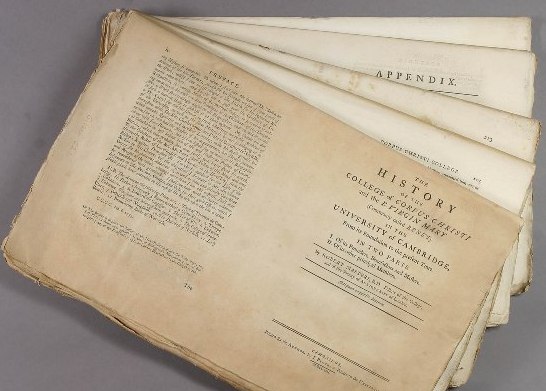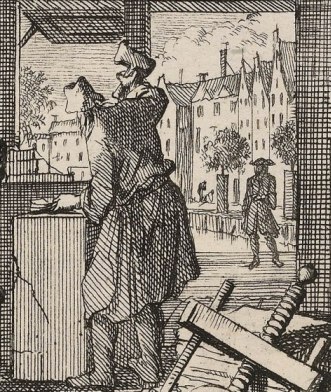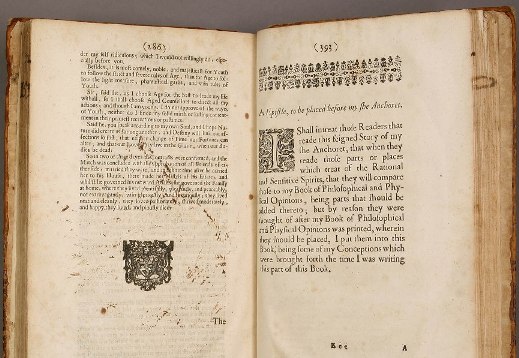The fourth and final Literary Manuscripts Masterclass of the 2010 series was given on 22 November by Gillian Wright, Senior Lecturer in English at the University of Birmingham. Dr. Wright, who has been previously associated with the Perdita Project to recover and digitise manuscript material associated with women writers in the Early Modern period, spoke on Bodleian MS. Add. A 119, a letter-book compiled by Mary Arthington, and Bodleian MS. Eng. poet. e. 31, a poetic miscellany compiled by Octavia Walsh.
Mary (Fairfax) Arthington (1616-1678) was a child of Ferdinando, 2nd Lord Fairfax of Cameron, and sister to the Parliamentarian general. Her letter-book consists chiefly of letters from siblings, including two from General Fairfax, two from Eleanor (Fairfax) Selby, fourteen from Dorothy (Fairfax) Hutton, and twenty-five from Frances (Fairfax) Widdrington. Also included are several letters between her parents.
Dr. Wright observed that the bulk of the letters preserved were of spiritual advice given within a domestic context and highlighted Frances Widdrington’s key role in giving her younger sister, Arthington, counsel on religious matters, even advising her and their other sisters on what Bible verses to read, while she was still a young woman. The nature of the letters was such, Dr. Wright suggested, as to make it likely that they were a selection from a larger corpus, preserved because of their perceived value as a source of advice and comfort. The letters from Frances Widdrington alone cover a period of over fifteen years but do not seem to represent a complete series of correspondence. The manuscript itself is written in a single hand and in slightly archaic spelling, though it is unclear whether the latter may not have been carried over from the letters themselves. Some of the individual letters are marked with an ‘S’ surmounted by three points or stars which Professor Kathryn Sutherland suggested might indicate Frances’s position as the third eldest sister in her family.
Turning to the second manuscript on display, Dr. Wright began by discussing Octavia Walsh (1677-1706), an aristocratic Worcestershire poet, and the printed extract from a 1928 bookseller’s catalogue present on the front paste-down of the manuscript. The catalogue comments somewhat censoriously on the presence of “ribald” poems in the manuscript and suggests that they were unlikely to be by Walsh herself. Dr. Wright used this as a springboard to discuss perceptions of women’s poetry in the period and afterwards and to probe deeper into the difficulties of attribution.
It is unclear if all the poems in the manuscript are, indeed, by Walsh and two of those present in the manuscript were published in The Grove, a 1721 poetic compilation, under the name of her brother, William Walsh, the mentor of Alexander Pope. Dr. Wright paid particular attention to the “ribald” poems of the catalogue entry. These included two poems on “Sacharissa”, the premise of both being that their eponymous heroine has left London to the sorrow of the young men, retiring to the country, allegedly to read Epictetus, but in truth to be adored by the rural swains.
Also discussed was “To Urania,” a scatological, Rabelaisian mock-epic.Dr. Wright noted that it was the only poem in the manuscript not included in another, posthumous, manuscript of Walsh’s poems (not in the Bodleian Library) which contains a notation on the flyleaf that the poems included there had been found amongst her papers at her death. The reason for its exclusion is uncertain, but was, perhaps, due to its bawdy content.
– from Kelsey Jackson Williams















